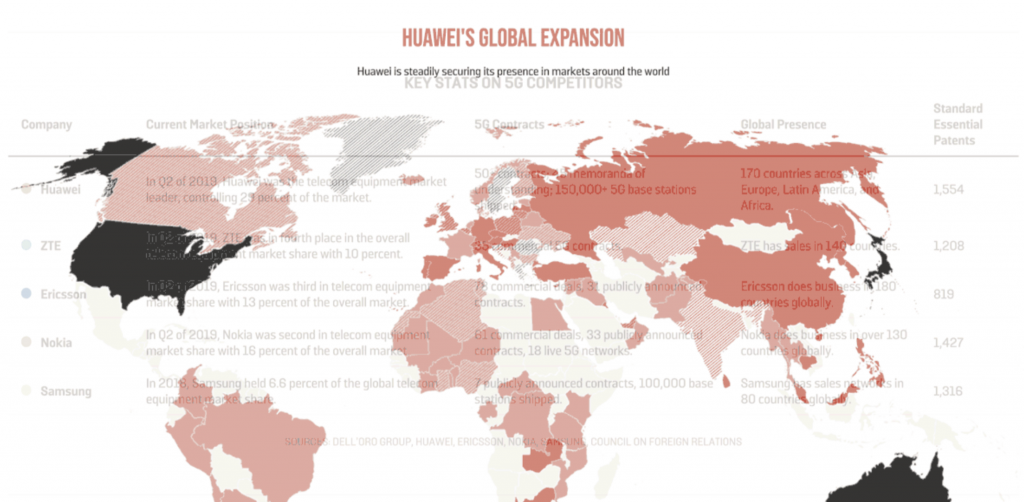
I am waiting for my first 5G phone hopefully within this year. But what is 5G (except for “faster”)? Now let’s learn the terms.
5G New Radio (5G NR) is the name of the standard being used to build out 5G coverage.
5G Non-Standalone (5G NSA) Some 5G NR relies on the existence of a 4G network to function properly. This 4G network can be used for certain information that’s necessary for establishing a connection.
5G SA (5G Standalone): as its name, it stands alone and does not rely on the existing 4G network.
In short, Millimeter-wave and Sub-6 are two kinds of networks each with pros and cons. Millimeter-Wave or mmWave is a network solution based on a high-band spectrum. The coverage of each mmWave station is smaller. In comparison, Sub-6 is a solution providing wider coverage, but with a tradeoff of raw speed. Chris Burns has explained the difference between Sub6 and mmWave and told us how the large U.S. carriers will deploy their networks by choosing between them:
Sub-6 5G referred to as:
• Verizon: “5G low-band network”
• AT&T: “AT&T’s 5G network”
• T-Mobile USA: “T-Mobile Nationwide 5G” or “T-Mobile’s 600MHz spectrum”
• Sprint: “Sprint’s True Mobile 5G”
mmWave 5G called:
• Verizon: “Ultra-Wideband (MMW)” “mmWave” “UWB”
• AT&T: “AT&T’s 5G+ network”
• T-Mobile USA: “millimeter wave (mmWave) high-band spectrum”
• Sprint: N/A
Definitions:
• Low-band: Under 1 Ghz
• Mid-band: 3.6-6 Ghz (Under 6Ghz is Sub-6)
• High-band: 24-40 Ghz (Over 24Ghz is mmWave)
While U.S. cellular providers have largely focused on rolling out 5G using short-distance, high-performance millimeter-wave radios, carriers in Europe and Asia have initially launched 5G using “sub-6GHz” frequencies — mid-band radio channels that send signals over longer distances while giving up raw speed. Huawei has announced in October its development on new 5G base stations with third-generation massive MIMO antenna technology, promising considerably faster 5G uploads and downloads over large areas.
Device OEMs and their ecosystem partners are working overtime to support the global deployment of 5G, which is progressing much more rapidly than previous generations of cellular.
Much of the industry is split between those that can do mmWave and those that cannot.
Market Players
5G is a must-have, not a nice-to-have, and operators currently have few supply alternatives to Ericsson, Huawei, and Nokia. Last year, Vodafone CEO Nick Read estimated that Huawei had 28% of Europe’s mobile infrastructure market, with Ericsson on 27% and Nokia on 23%. Out of the 239 5G deals, the three vendors boast internationally, Huawei has 38%, Ericsson 34%, and Nokia 28%.
5G is a must-have, not a nice-to-have. So let’s learn a little bit more.

